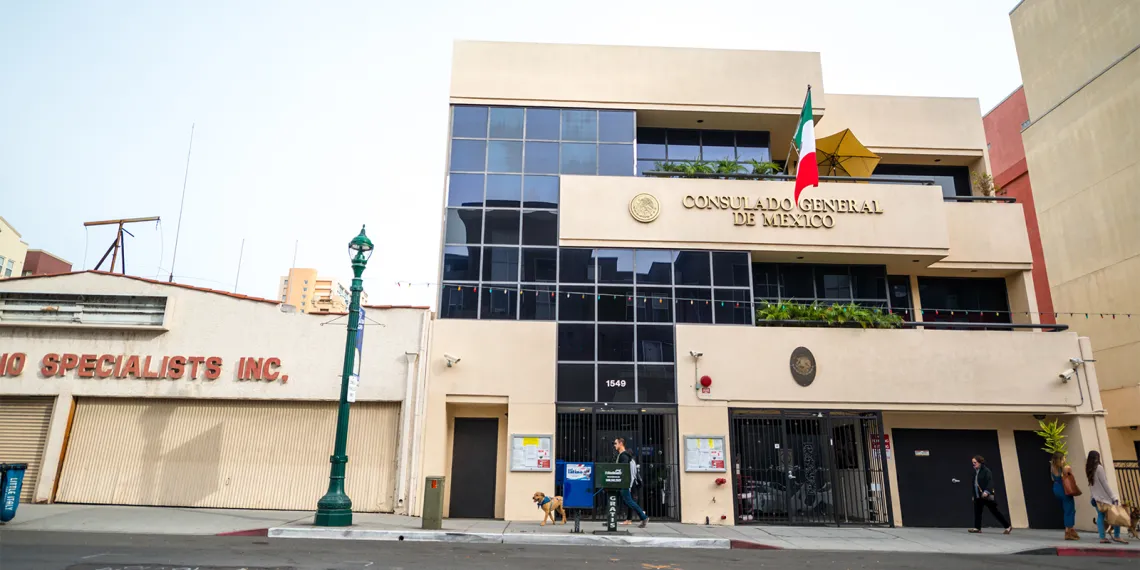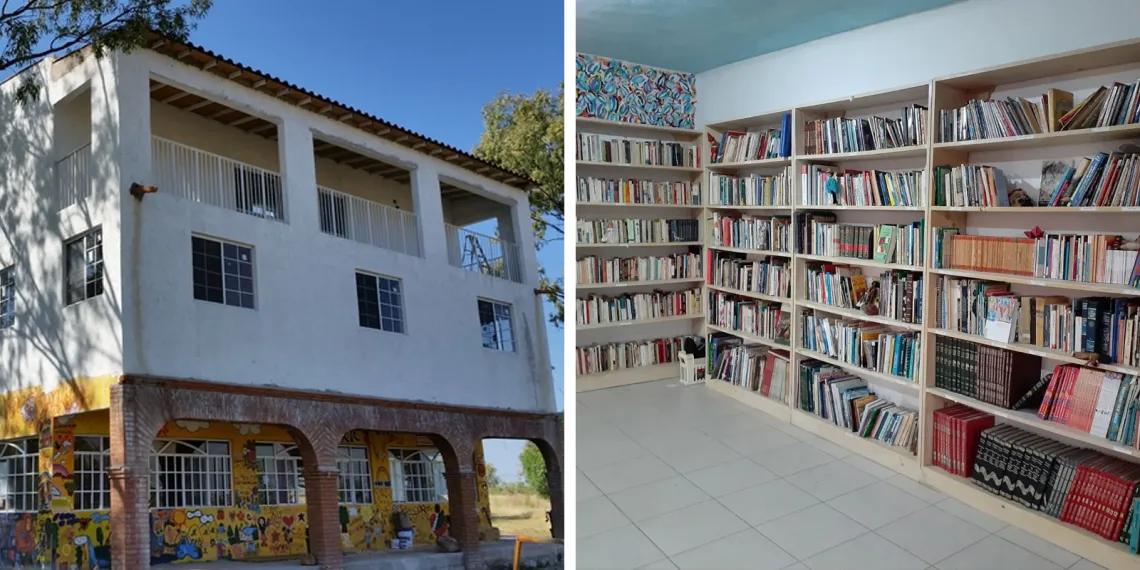Gaining knowledge of the world and embracing cultural diversity has become a necessity, not a luxury. Is a globalized reading list—part of the Worlds of Words program—the key to building cultural bridges?
To say that Kathy Short is a bit of a bookworm is an understatement. As the founder of Worlds of Words, a program designed to encourage kids to embrace cultural diversity through multicultural literature, she is constantly on the hunt for books that will help immerse children in world cultures.
The premise is simple: Offer alternatives to the Common Core State Standards’ text exemplar list, and offer a way for educators to globalize their classrooms and libraries.
“I’ve done some work in classrooms around the world and found that kids in other countries were much more engaged in other cultures,” says Short, who administers the program through the University of Arizona’s College of Education, where she’s also a professor. “We don’t see that same recognition in the United States. One of the reasons is that in places like Europe, it’s possible to cross a border every few hours. In many parts of the United States, that isn’t really true. Literature was one way that I could think of as a way to immerse children into a culture.”
And so, since she launched Worlds of Words in 2007, Short has helped the program amass a vast collection of globally focused children’s and adolescent literature.
A Hub for Educators
In 2014, the program moved into its current home in the College of Education on the UArizona campus. Open to the public, the space features a special collection of illustrations, as well as signed, first-edition books. Additionally, Worlds of Words organizers host author lectures, special events and workshops, and participate in the Tucson Books Festival.
Most importantly, though, the program is a hub for educators, as it houses loaner materials—books, community story boxes and family story backpacks—for schools, libraries and literature groups.
“We want educators to see the potential in the literature and in the way those books can be used,” Short says. “And for people who live locally, we have the global books in a separate section in our collection, so anyone can come in.”
Organized by world regions, the 35,000-volume library is largely focused on global literature written in English and that are published or distributed in the United States. That said, Short looks regularly for translated titles, which account for only 3 or 4 percent of the applicable literature in the United States. By contrast, in other locales—most African countries, for example—translated titles account for approximately 90 percent of the literature in circulation.
“You’d hope to find somewhere between 30 and 40 percent as a standard,” Short says. “We’re very ethnocentric in America and very market driven. That’s why, if I find any strong, translated books, they go on our list.”
A Bridge Across Cultures
The list, which Worlds of Words has further organized by grade level, also offers suggestions for paired reading. Take, for example, P.D. Eastman’s Are You My Mother? In it, a baby bird searches for its mother, encountering—among other things—a dog, a cat and a “snort,” a piece of heavy machinery. On the first-grade list, the book pairs with English writer Deborah Hautzig’s adaptation of Alice in Wonderland, in which a young girl falls into a rabbit hole and meets a variety of interesting characters. Alternately, Dr. Seuss’ popular Green Eggs and Ham pairs with Karen Backstein’s The Blind Men and the Elephant. In the latter, which is based in India, blind men each describe an elephant by feeling only one part of its body. The basic premise for each is easy for first graders to absorb—try something new and explore things outside your comfort zone.
By fifth grade, young readers might compare Walter Farley’s The Black Stallion to Gill Lewis’ Moon Bear, about a young Laotian boy and his bear cub companion.
So, what then, are the benefits to global comparative literature? Multiple studies have shown that reading across cultures helps encourage children to interact with others across ethnic backgrounds. Like Green Eggs and Ham and The Blind Men and the Elephant, it’s the idea that the world is meant to be explored.
Indeed, an Australian study on the subject found that stories that depict diversity can help children see race and the differences therein as something beautiful, rather than a barrier.
That’s part of the reason Short includes both good and bad examples of multicultural literature in Worlds of Words’ program.
“For the most part, if the book is set in a global culture, we bring it into the collection,” she says. “And we are interested in good and bad examples. A bad example is a book that doesn’t authentically represent the culture. If kids don’t see the bad examples, they’re not really sure what makes something problematic. We want high-quality literature, though. We want to be able to promote that.”





